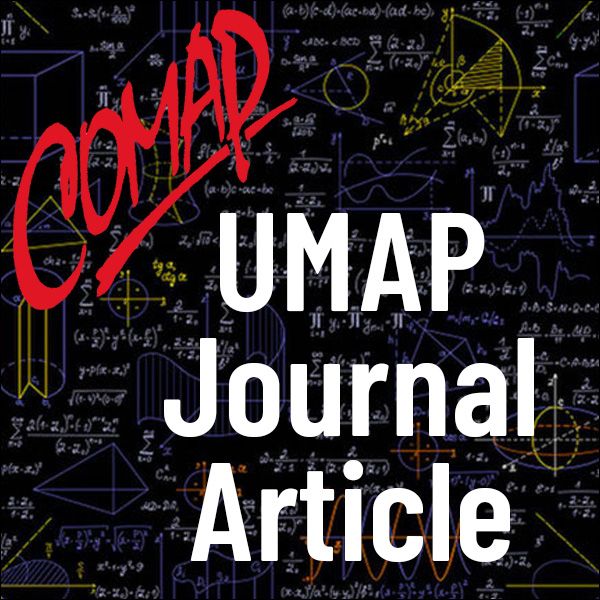Optimal Play of the Dice Game Pig (UMAP)
Author: Todd W. Neller, Clifton G.M. Presser
The object of the jeopardy dice game Pig is to be the first player to reach 100 points. Each player's turn consists of repeatedly rolling a die. After each roll, the player is faced with two choices: roll again, or hold (decline to roll again).
• If the player rolls a 1, the player scores nothing and it becomes the opponent's turn.
• If the player rolls a number other than 1, the number is added to the player's turn total and the player's turn continues.
• If the player holds, the turn total, the sum of the rolls during the turn, is added to the player's score, and it becomes the opponent's turn.
For such a simple dice game, one might expect a simple optimal strategy, such as in Blackjack (e.g., "stand on 17" under certain circumstances, etc.). As we shall see, this simple dice game yields a much more complex and intriguing optimal policy, described here for the first time. The reader should be familiar with basic concepts and notation of probability and linear algebra.
Table of Contents:
INTRODUCTION TO PIG
SIMPLE TACTICS
MAXIMIZING THE PROBABILITY OF WINNING
SOLVING WITH VALUE ITERATION
Piglet
Value Iteration
Applying Value Iteration to Piglet
Applying Value Iteration to Pig
THE SOLUTION
CONCLUSIONS
APPENDIX: PIG VARIANTS AND RELATED WORK
Parker Brothers Pig Dice
Two Dice, 1 is Bad
Bonuses for Doubles
Maximizing Points with Limited Turns
Single decision analysis versus dynamic programming
Miscellaneous Variants
Jeopardy Dice Games: Race and Approach
Jeopardy race games
Jeopardy approach games
Computational Challenges
REFERENCES
ABOUT THE AUTHORS

Mathematics Topics:
Application Areas:
You must have a Full Membership to download this resource.
If you're already a member, login here.